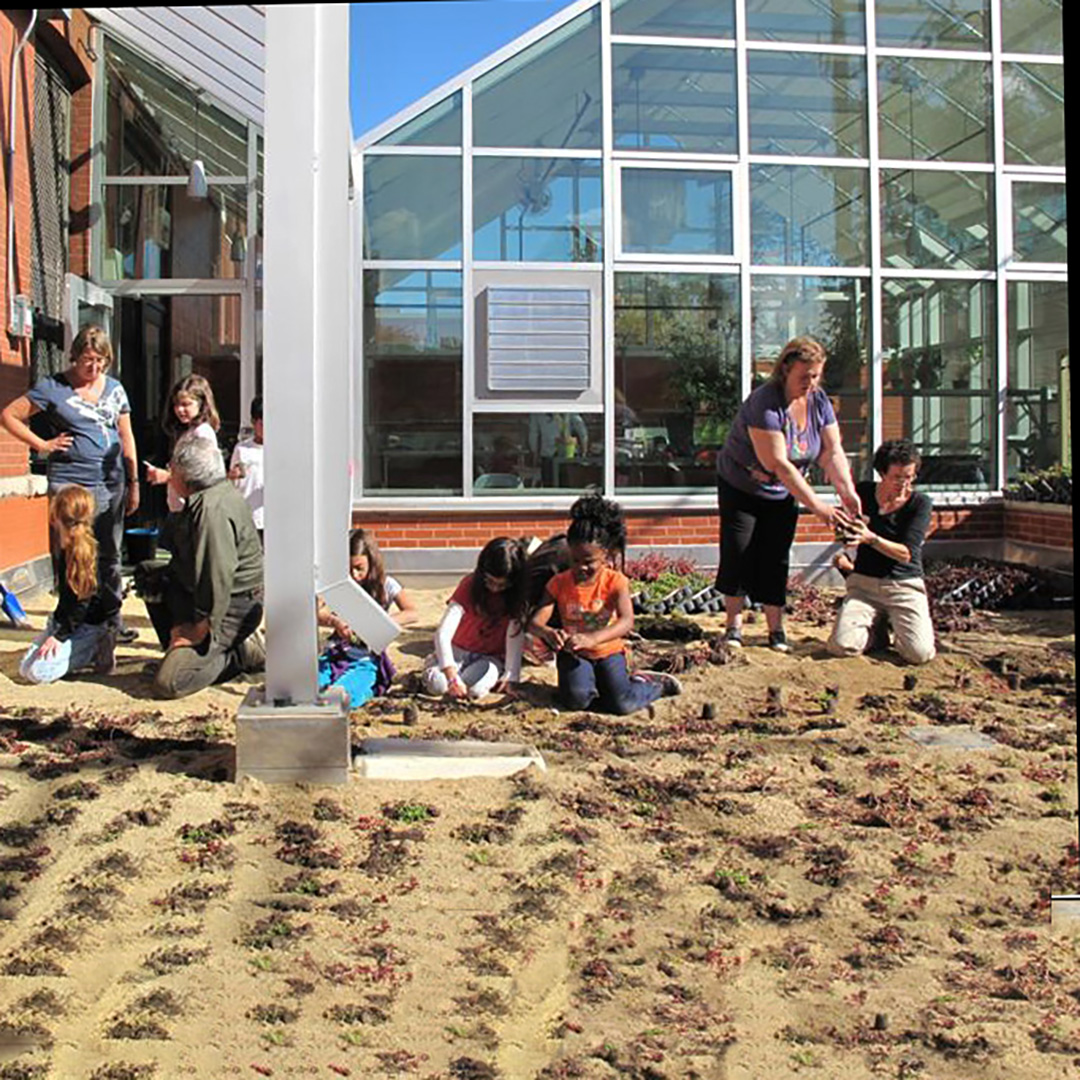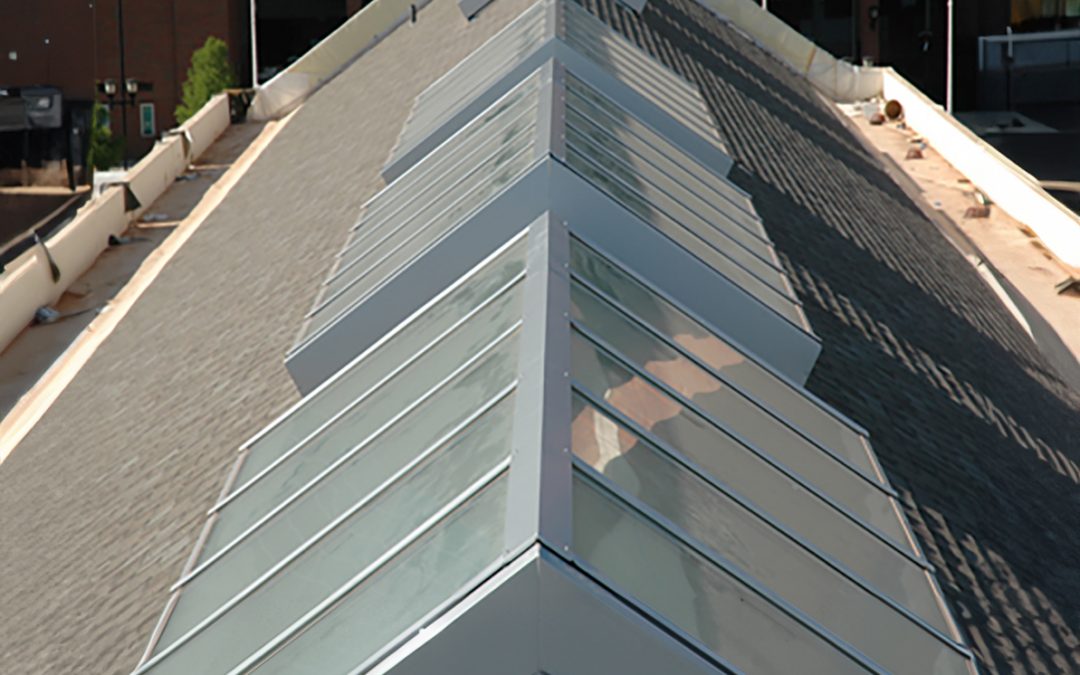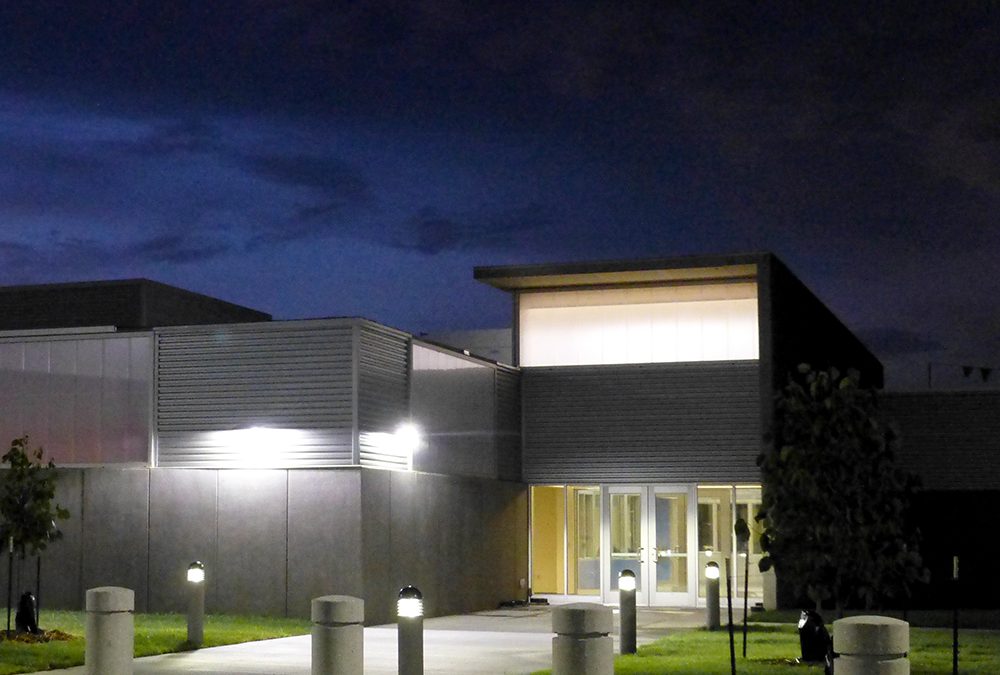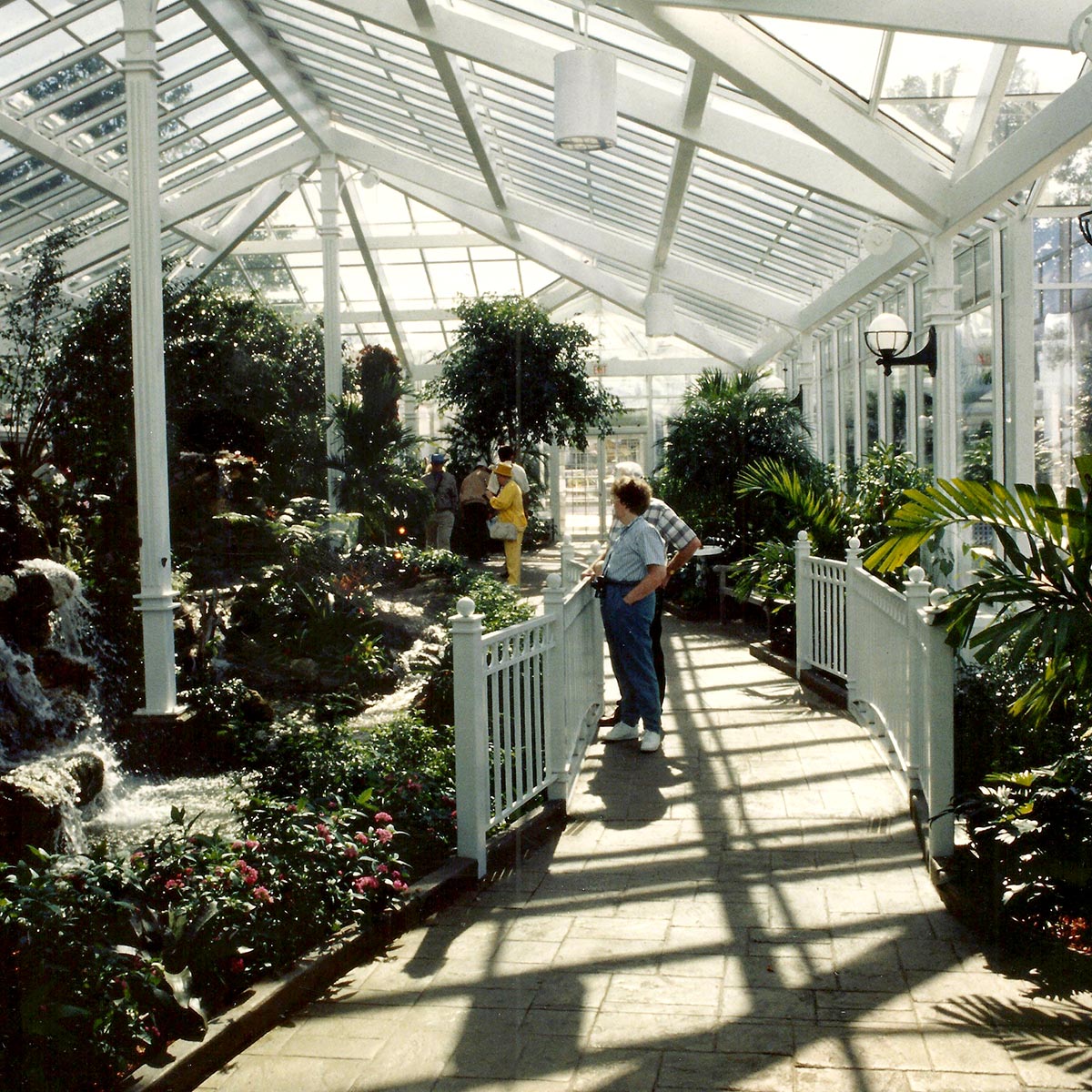Architecture IS Social

When the job is done correctly, the buildings come to life with people who genuinely want to dwell within the walls.
It’s no secret that society has become less social. The adoption of text messaging and email as primary forms of communication has chipped away at the common interactions many people have each day. It’s only fitting that the social aspect of architecture is becoming a mainstream endeavor.
Social architecture, the conscious design of an environment to encourage social behaviors, seems like a new buzzword for architects but sociologists have known about the benefits of design for many years. Social architecture is like social media in a lot of ways, it’s a design that’s focused on the interests, wants, and desires of the people within. Imagine rethinking the way that “MySpace.com” was designed to better benefit the people who used the website, would it then be more like Facebook is now?
For people, reimaging the spaces in which we live, learn and work is a way to get us as a society to communicate better and benefit from those around us. Even Yahoo understood that having people together was more beneficial to their organization that the massive virtual workforce. All the former remote workers at Yahoo were given new space at the headquarters.
With social architecture, the issues of attracting and keeping talent can be solved because workplace environments that are designed to allow both collaboration and individual workspace excel over those with 1950s cubicle environments. And the addition of natural light has been proven to increase productivity. Morehead Capitol is one such project that we participated in. The open warehouse was converted to a collaborative workspace and made brighter with the addition of skylights and clerestories.
And schools also benefit from socially conscious architecture. But before they even set pencil to paper, the architects at MHTN asked the students at Logan High School how they envisioned their new spaces. The result is “learning studios” and “collaboration areas” instead of classrooms. And with new skylights above, the cafeteria has gone from a dark room to an area that invites socializing with classmates.
The goal of social architecture is to optimize human interactions. When we, as people, feel a connection to others in our world there is a positive effect that has been known to curb addictions and decrease crime. By providing spaces for young people to connect beyond their electronic devices, they become more socially responsible citizens. The Gathering Place in Tulsa is going to be one such place. A major transformation of public space along the river into a park that invites families, engages with nature, and provides opportunities for discovery and social interactions.
And as the baby boomers (and soon enough the gen x’s) age, remaining social is one of the keys to a longer and healthier life. The owners of senior living developments have become more aware of the necessity for social opportunities and are asking for designs that provide spaces for interactions. First & Main has designed several new assisted living facilities that include solariums allowing residents to get the much-needed sunlight even when the weather prohibits going outside. Not only does interaction keep residents from feeling isolated, but the natural light also improves their mood and staves off depression.
Architecture is an art form that is very much involved with the world but it is also part of psychology. Knowing when and where to place open areas, tall windows and private spaces within a building very much affects the people within. When the job is done correctly, the buildings come to life with people who genuinely want to dwell within the walls. Architecture IS social.
More From This Category

The 4 Types of Ridge Skylights
Four types of ridge skylightsRidge skylights combine aesthetic appeal with functional...

Why Businesses Are Choosing Reglazing for Skylights and Glazed Structures
Rather than entirely replacing skylights or glazed structures, reglazing just the IGUs provides...

Polycarbonate clerestories are shedding new light on energy-efficient daylighting.
Polycarbonate provides translucent brilliance in filtering natural lightA clerestory is an...

